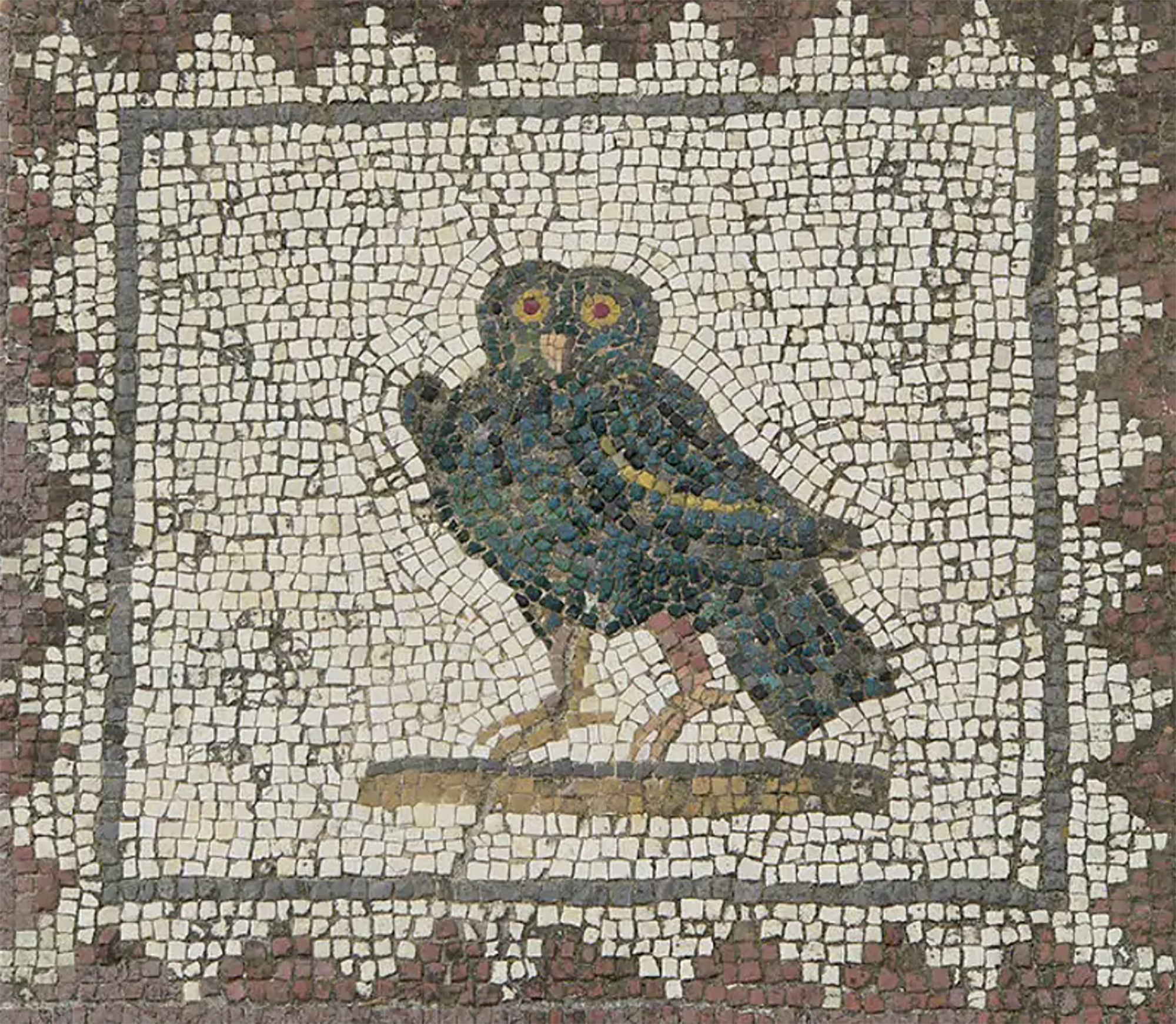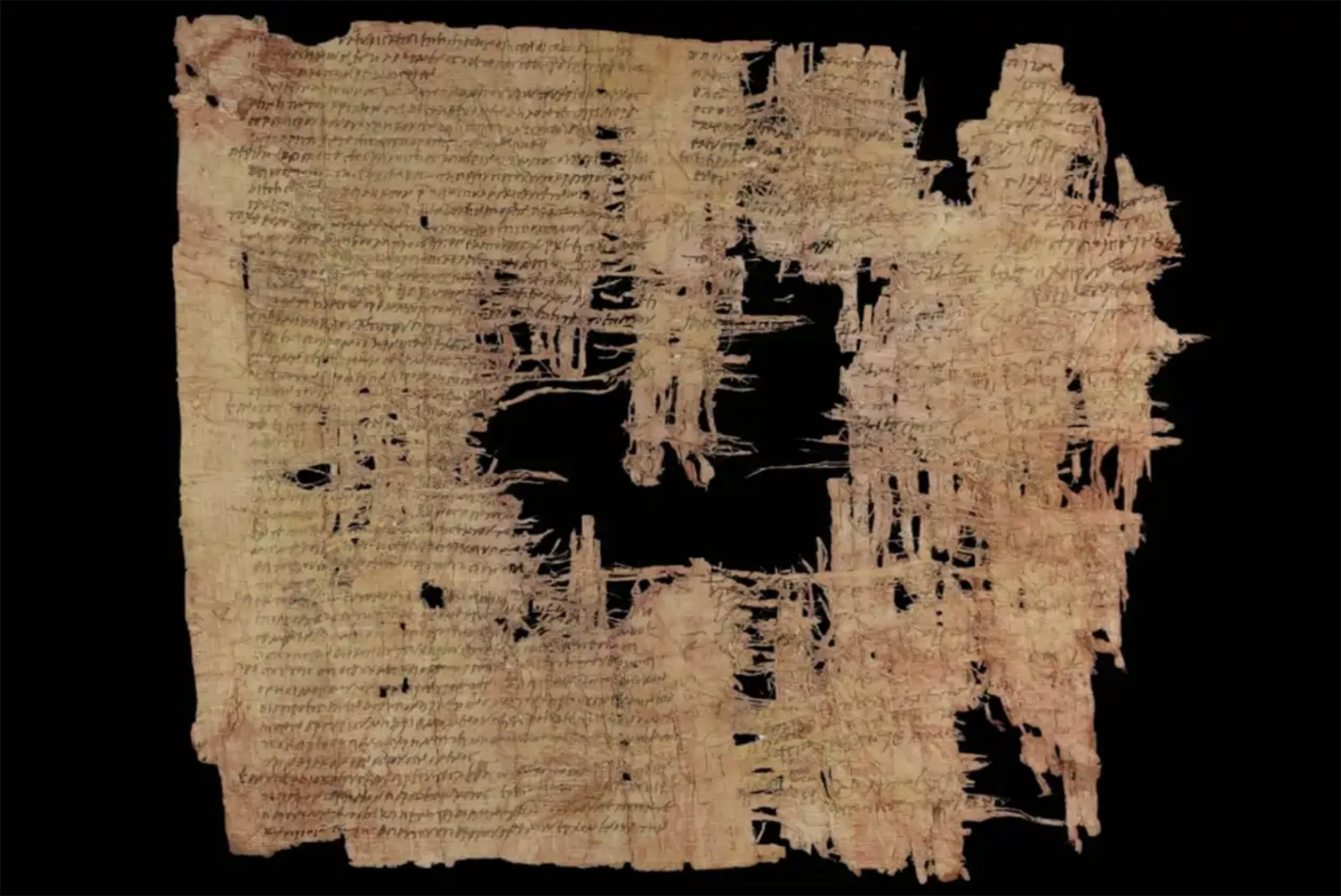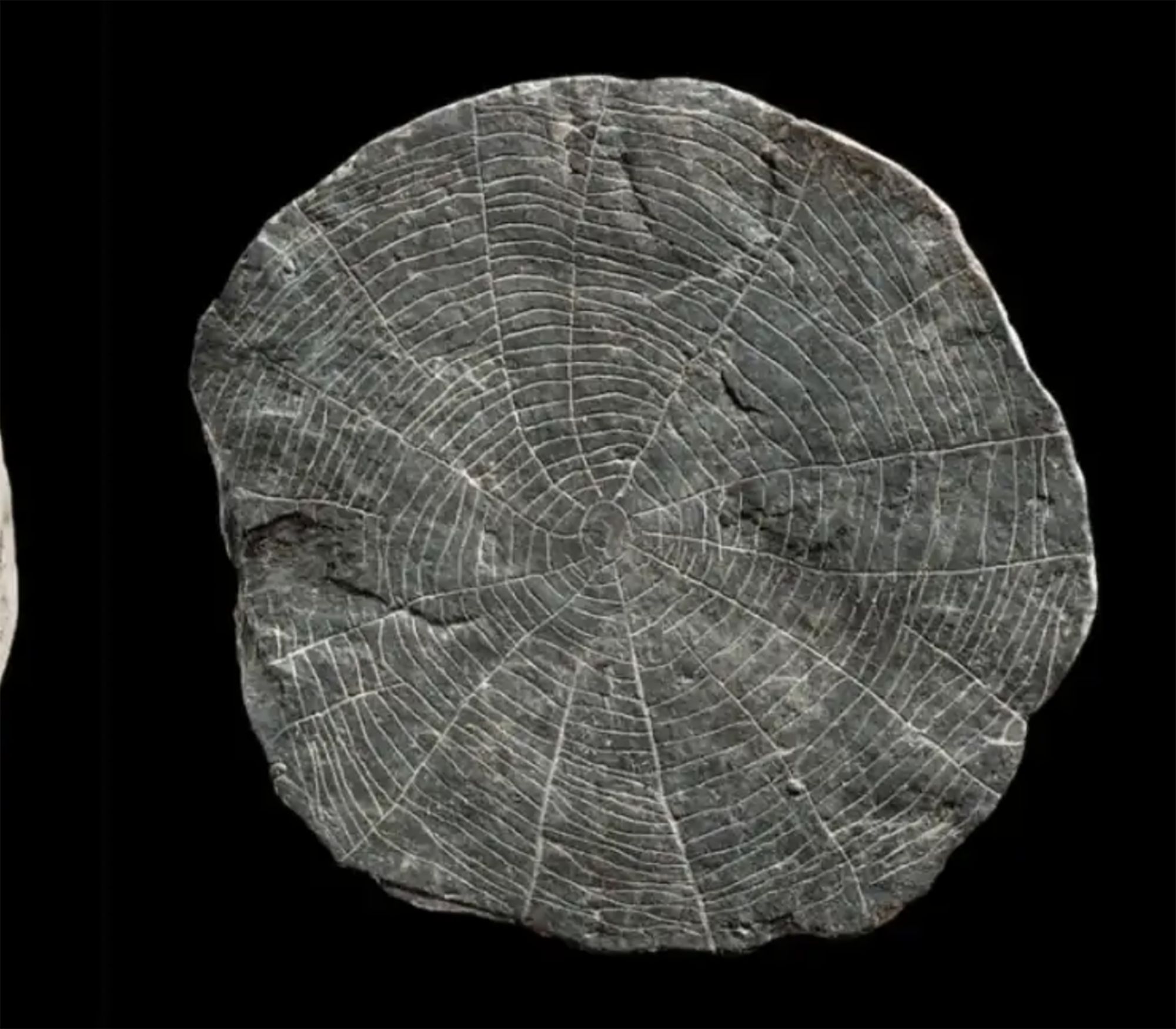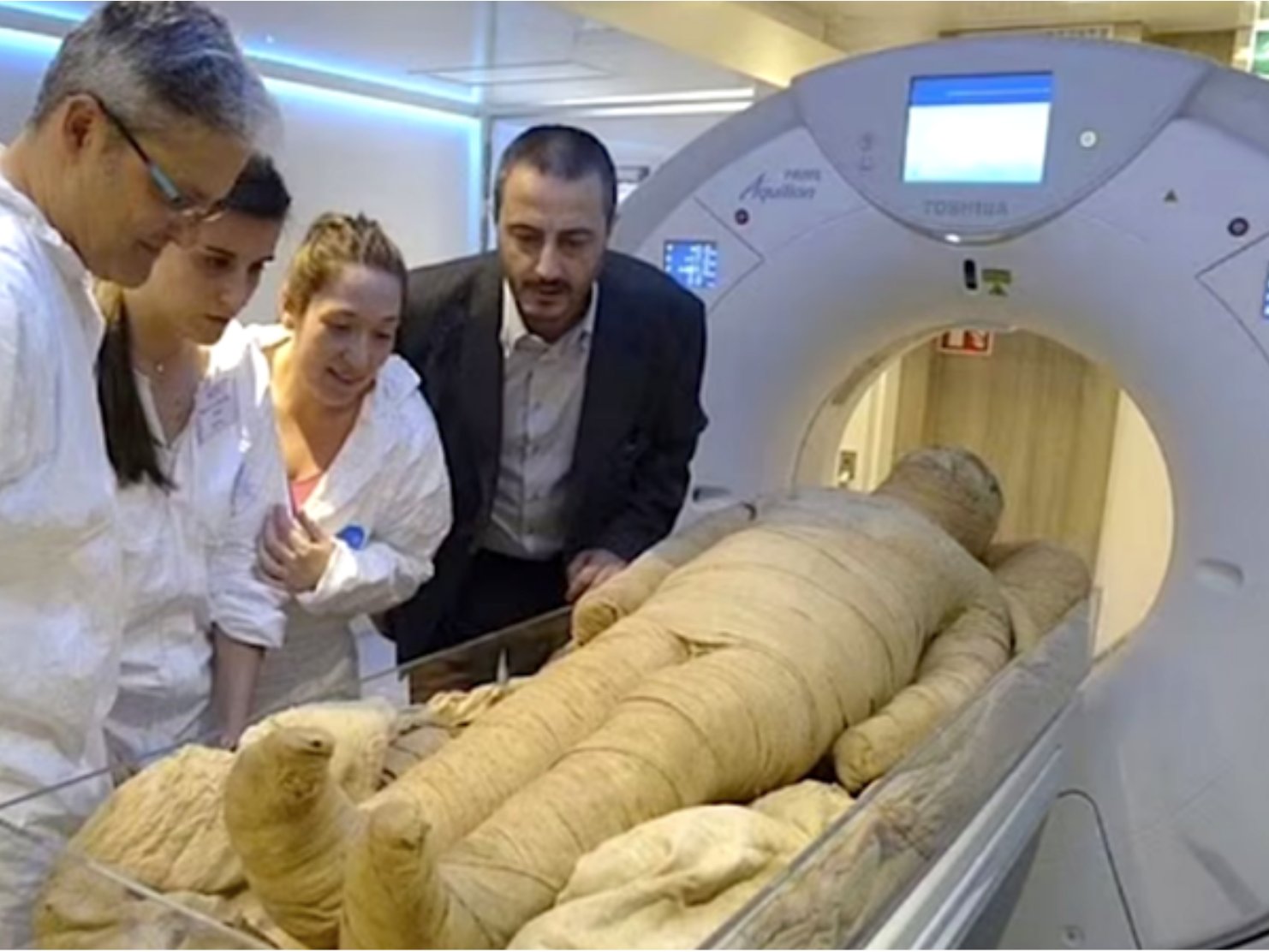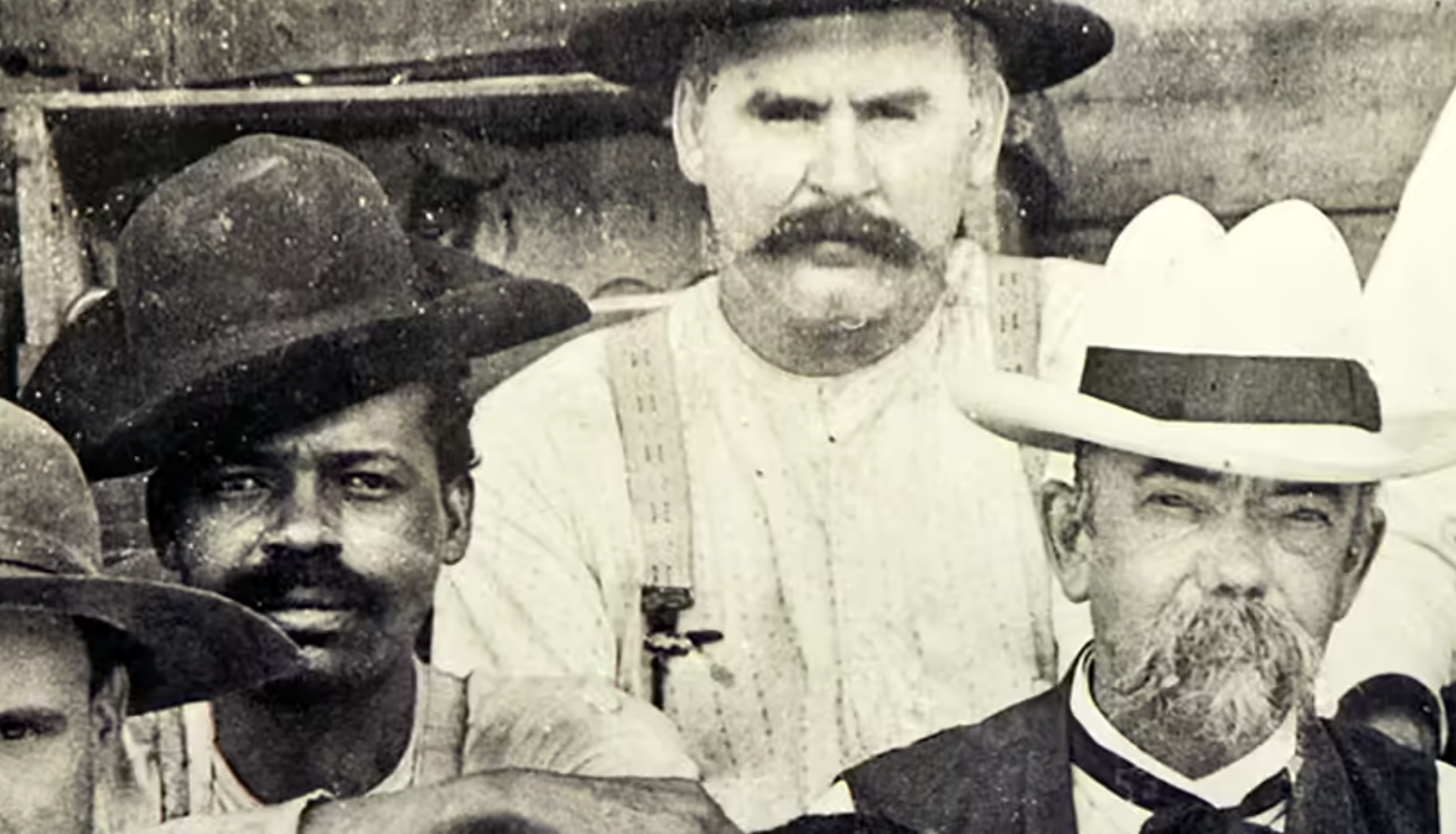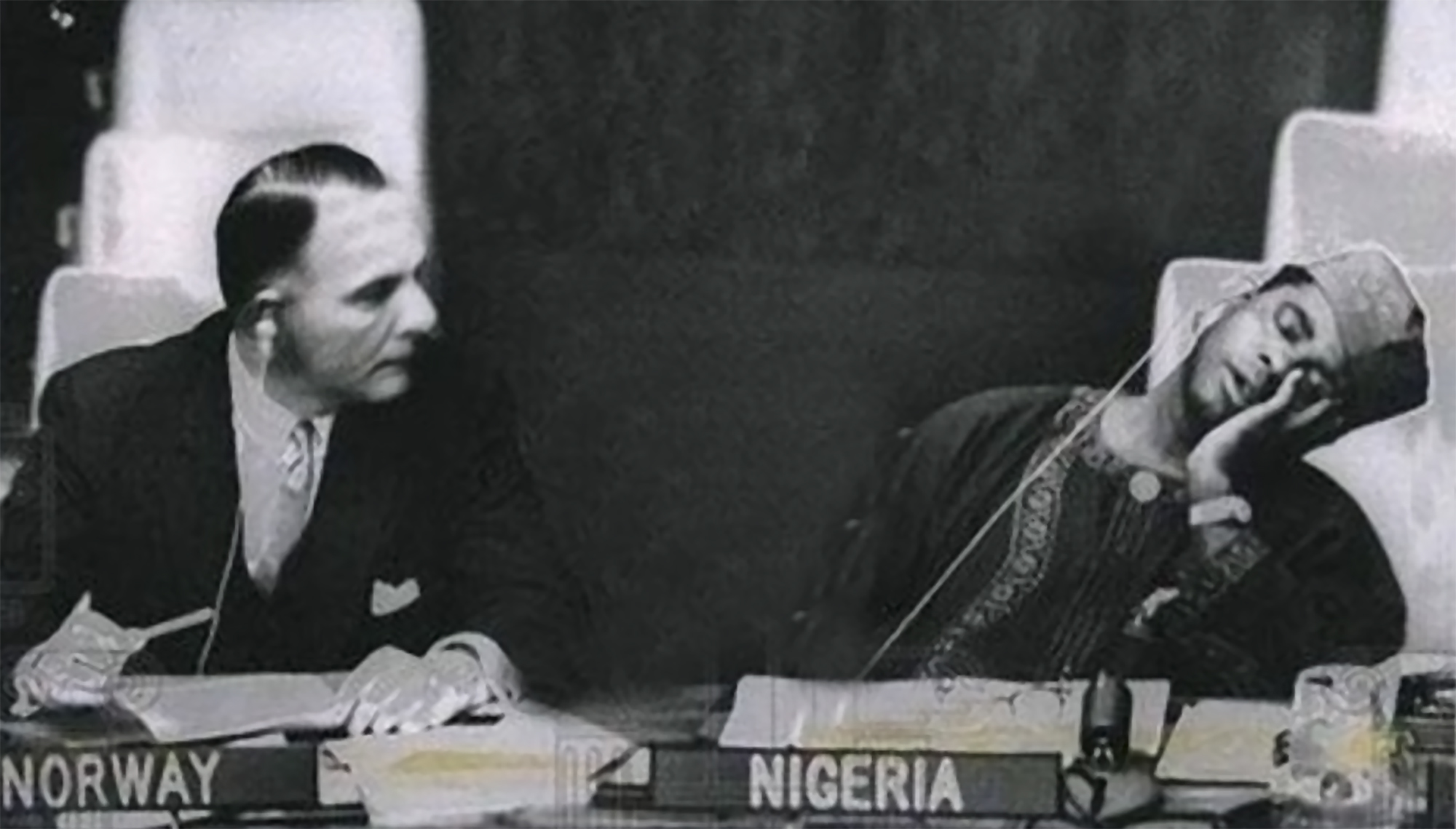A tiny part of Africa stacked
- The French State returns to the Republic of Benin 26 works of art stolen from the kingdom of Dahomey. However, there are estimates that there are still 88.000 sub-Saharan works of art in Africa in French museums.
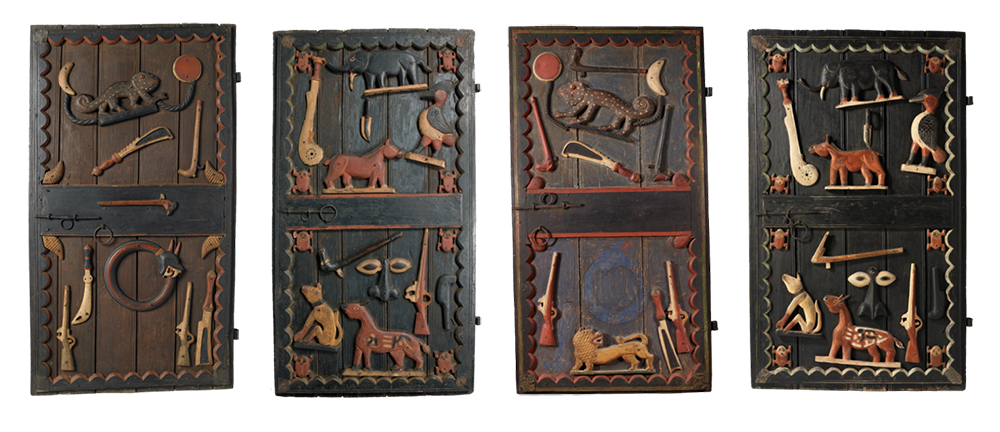
Gulf of Guinea, 1892. The French army conquered the kingdom of Dahomey and looted the royal palace of Abomey. The kingdom of Dahomey had its most prosperous time in the 18th century, when trade relations with European states were strengthened. It was known, among other things, by a women’s regiment – as explained in this same paragraph in February 2019 – but the present kingdom of Benin did not have an opportunity when at the end of the nineteenth century France decided to open direct control of the region and began the war of conquest.
On 10 November last, an aircraft with a box of 26 works of art landed at Cotonou airport in Benin: three statues, the throne of the last king of Dahomey, several portable altars, three dance clubs, four doors of the Abomey Palace… These pieces have been part of the French national collection for the last 130 years and have been united to the Quai Branasia Museum in Africa. President Patrice Talon officially received the 26 works that France has decided to return and the neighbours celebrated the gesture of the French in a festive atmosphere.
In the words of art historian Bénédicte Savoy, “this is the first time that a former colonial country, in this case France, has returned an important part of its heritage to an African country.” But the initiative was not from France. The President of the Republic of Benin officially claimed Françoise Holland in 2016. France then denied, arguing that the pieces were part of the French collections and that by law heritage could not be divided. However, when Macron was appointed head of state in 2017, he pledged to return the treasures of the Abamey Palace. A report was requested from historians Bénédicte Savoy and Felwine Entr, who concluded that there are 88,000 sub-Saharan works of art in Africa only in French museums. They changed the laws and then established a protocol for the progressive return of looted works of art.
The report shows that the treasure of the Abomey Palace is only the tiny tip of the iceberg. In the highest era of colonialism, almost all of the cultural and artistic material heritage of sub-Saharan Africa, 90 per cent, according to some, was landed on the continent, using traps or stealing directly. It has also shown that there are still voices opposed to the return of the stolen, who argue that the works have been preserved thanks to the museums of the Western powers and that they may be at risk in their places of origin. That the gesture just made by the French State should not be limited to paternalistic celebrations, which will serve to defeat obsolete supremacist thoughts and lighten the long road that remains.
Urruña, 1750eko martxoaren 1a. Herriko hainbat emakumek kaleak hartu zituzten Frantziako Gobernuak ezarritako tabakoaren gaineko zergaren aurka protesta egiteko. Gobernuak matxinada itzaltzeko armada bidaltzea erabaki zuen, zehazki, Arloneko destakamentu bat. Militarrek... [+]
In the Maszycka cave in Poland, remains of 18,000 years ago were found at the end of the 19th century. But recently, human bones have been studied using new technologies and found clear signs of cannibalism.
This is not the first time that a study has reached this conclusion,... [+]
Porzheim, Germany, February 23, 1945. About eight o’clock in the evening, Allied planes began bombing the city with incendiary bombs. The attack caused a terrible massacre in a short time. But what happened in Pforzheim was overshadowed by the Allied bombing of Dresden a few... [+]
Poloniar ikerlari talde batek Sevillako Italica aztarnategiko Txorien Etxea aztertu du, eta eraikinaren zoruko mosaikoak erromatar garaiko hegazti-bilduma xeheena dela ondorioztatu du.
Txorien etxean 33 hegazti daude mosaikoetan xehetasun handiz irudikatuta. Beste... [+]
Judea, 2nd century AD. In the turbulent atmosphere of the Roman province, a trial was held against Gaddaliah and Saul, accused of fraud and tax evasion. The trial was reported on a 133-line paper in Greek (pictured). Thinking that it was a Nabataean document, the papyrus was... [+]
Vietnam, February 7, 1965. The U.S. Air Force first used napalma against the civilian population. It was not the first time that gelatinous gasoline was used. It began to be launched with bombs during World War II and, in Vietnam itself, it was used during the Indochina War in... [+]
Archaeologists have discovered more than 600 engraved stones at the Vasagård site in Denmark. According to the results of the data, dating back to 4,900 years ago, it is also known that a violent eruption of a volcano occurred in Alaska at that time. The effects of this... [+]
Japan, 8th century. In the middle of the Nara Era they began to use the term furoshiki, but until the Edo Era (XVII-XIX. the 20th century) did not spread. Furoshiki is the art of collecting objects in ovens, but its etymology makes its origin clear: furo means bath and shiki... [+]
In an Egyptian mummy of 3,300 years ago, traces of Yersinia pestis, the bacterium that caused the Justinian plague in the 6th century and the Black Plague in the 14th century, have just been found.
Experts until now believed that at that time the plague had spread only in... [+]
Greenland, the end of the 10th century. The first Scandinavian explorers and settlers arrived on the island. But by the 15th century these settlements had been abandoned and the original Inuit remained. But in 1721, the missionary Hans Egede organized an expedition and the... [+]
In 2017, Indonesia and the Netherlands signed an agreement to return the heritage stolen by the European country because of colonialism for three centuries. The Indonesian responsible for the return process, Gusti Agung Wesaka Puja, explained that this agreement "was important in... [+]
Greece 1975. The country began the year as a republic, three weeks earlier, in the referendum on 8 December 1974, after the citizens decided on the end of the monarchy.
A decade earlier, in 1964, when King Paul I died, his son Constantine took the throne at the age of 23.
But... [+]
Copenhagen, 18 December 1974 At 12 noon a ferry arrived at the port, from where a group of about 100 Santa Claus landed. They brought a gigantic geese with them. The idea was to make a kind of “Trojan Goose” and, upon reaching the city, to pull the white beard costumes... [+]
Tennessee (United States), 1820. The slave Nathan Green is born, known as Nearest Uncle or Nearest Uncle. We do not know exactly when he was born and, in general, we have very little data about him until 1863, when he achieved emancipation. We know that in the late 1850s Dan... [+]
New York, 1960. At a UN meeting, Nigeria’s Foreign Minister and UN ambassador Jaja Wachucu slept. Nigeria had just achieved independence on 1 October. Therefore, Wachuku became the first UN representative in Nigeria and had just taken office.
In contradiction to the... [+]














